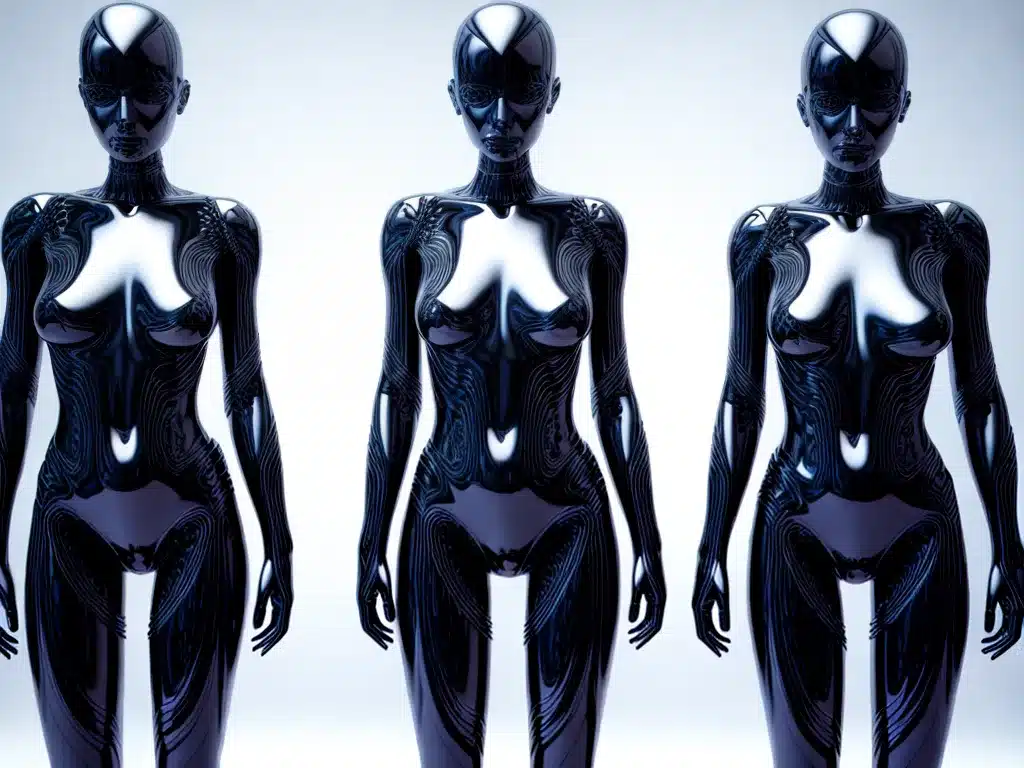The Rise of Digital Twins – Virtual Copies of Real World Objects
What is a Digital Twin?
A digital twin is a virtual representation or model of a physical object or system. The digital twin uses real-world data and other information to create a living digital simulation of how an object operates and behaves.
Digital twins provide a way to better understand, predict, and optimize the performance of physical assets. They allow companies to create and test virtual copies rather than physical prototypes.
Some key characteristics of digital twins include:
-
Mirroring – The digital twin mirrors the life of its physical twin. It provides a living, constantly updated version.
-
Simulation – Advanced simulations are run using real-world data to understand, predict and optimize performance.
-
Integration – Digital twins combine and integrate various types of data from sensors, historical data, manuals etc.
-
Visualization – Digital twins are brought to life visually through 3D models, augmented reality etc.
Why are Digital Twins Important?
There are several reasons why digital twins are gaining popularity across industries:
-
Cost saving – Digital twins can help save time and money in product development by allowing virtual testing rather than expensive physical prototypes.
-
Risk reduction – Potential issues can be identified and mitigated earlier in the product development process.
-
Increased efficiency – Real-time data from sensors in a physical asset can help optimize its performance when fed into its digital twin.
-
New revenue models – Digital twins open up the possibility of new business models based on insights gained.
-
Lifecycle management – The digital twin exists from conception through the end of life of a physical asset to optimize its entire lifecycle.
Applications of Digital Twins
Digital twins are being adopted across industries including:
Manufacturing
- Model and simulate the real-time state of factories, machines, and processes.
- Optimize manufacturing system configurations.
- Predict failures and recommend preventative maintenance.
Healthcare
- Create patient-specific digital twins for personalized medicine and healthcare.
- Model human anatomy and simulate interventions.
- Predict disease progression based on digital patient models.
Smart cities
- Model traffic patterns, energy use, and population trends.
- Run simulations to optimize infrastructure and resource planning.
- Manage vast urban environments more efficiently.
Retail
- Optimize store layouts and inventory.
- Test different in-store customer experiences virtually.
- Predict customer traffic patterns.
Key Challenges for Digital Twins
While digital twins provide many benefits, some key challenges remain:
-
Data integration – Combining diverse datasets from multiple sources into one digital representation.
-
Compute power – Digital twins demand significant compute resources, especially for large scale, high fidelity models.
-
Simulation complexity – Accurately mirroring physical systems requires complex simulations.
-
Security – Protecting digital twins and their data from cyber threats is critical.
-
Organizational change – Adopting this new technology requires changes in processes and mindsets.
The Future of Digital Twins
Though still an emerging technology, digital twins are poised for significant growth as organizations realize their benefits. In the future, we may see:
-
Ubiquitous adoption across many industries from agriculture to utilities to smart cities.
-
Convergence with other technologies like IoT, AI, and blockchain for enhanced capabilities.
-
Increasing use of mixed reality to interact with digital twin models.
-
Development of digital twin standards and frameworks by industry groups.
-
Digital twins being leveraged to help address global challenges like climate change.
The digital twin concept represents an exciting new frontier in understanding and optimizing the physical world all around us. Their rise will enable organizations and society at large to reap tremendous benefits in the years to come.













